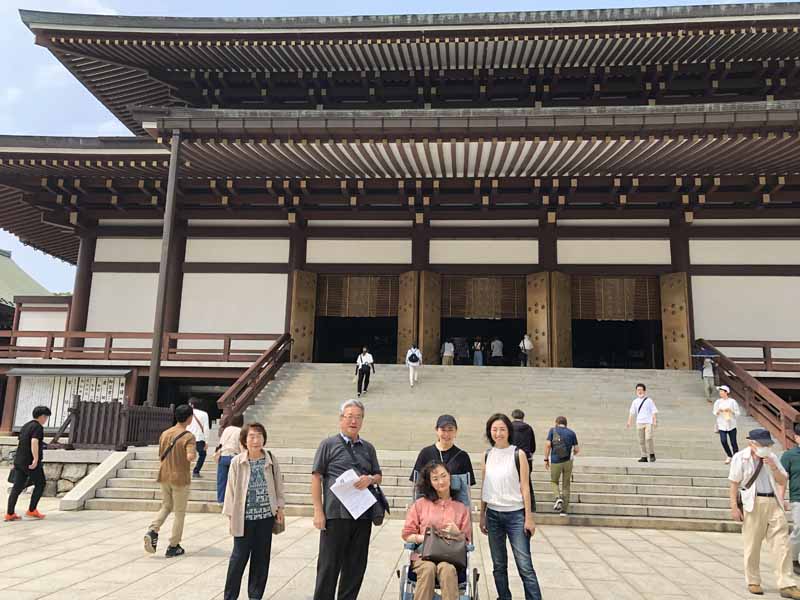Hello, my name is Kayopon. I have lived in Chiba prefecture for 25 years.
Naritasan Shinsho-ji is a Buddhist temple located in Narita, Chiba Prefecture, Japan. The temple is one of the most popular temples in the Kanto region.
I went to the Naritasan Shinsho-ji Temple on June 25, 2023, together with Accessible Group members.
We got together at Narita Station. You can access the temple from the Keisei Narita station (Keisei Electric Railway) or from the Narita station (JR Line). I used the JR line. Wheelchair users are provided support on the JR Line. The JR Line has staff at stations who can assist wheelchair users to board and exit trains.
Omotesando street

Somon Gate
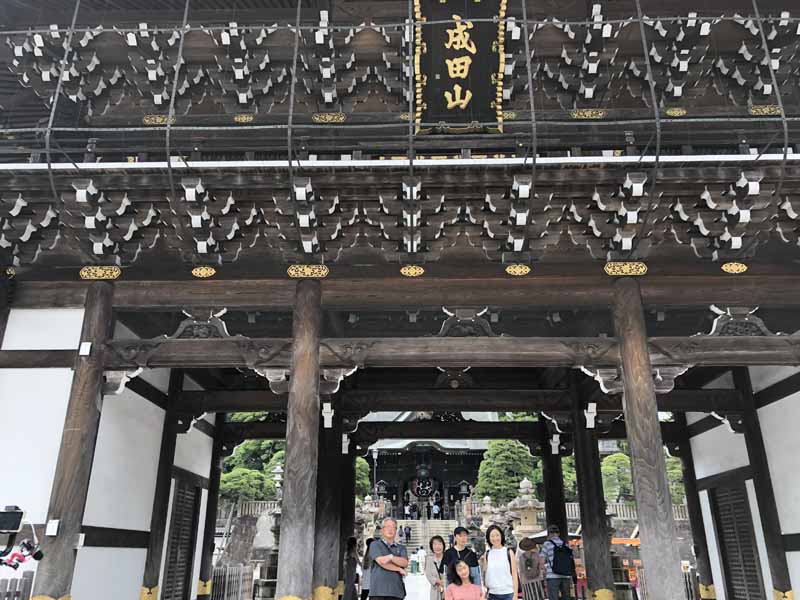
There are restrooms outside the Somon Gate.

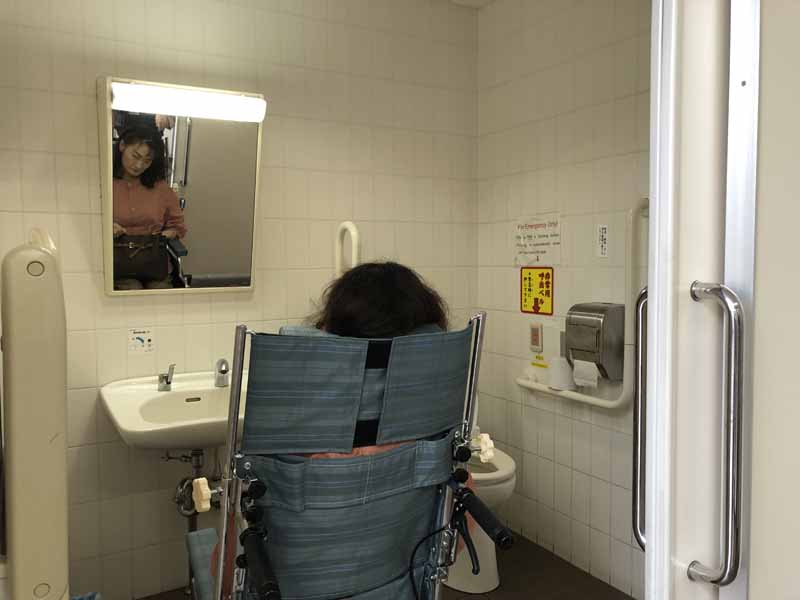
This toilet is located in the women’s restroom.
Then, we walked through the Somon Gate, and toward the Niomon Gate.
Niomon Gate
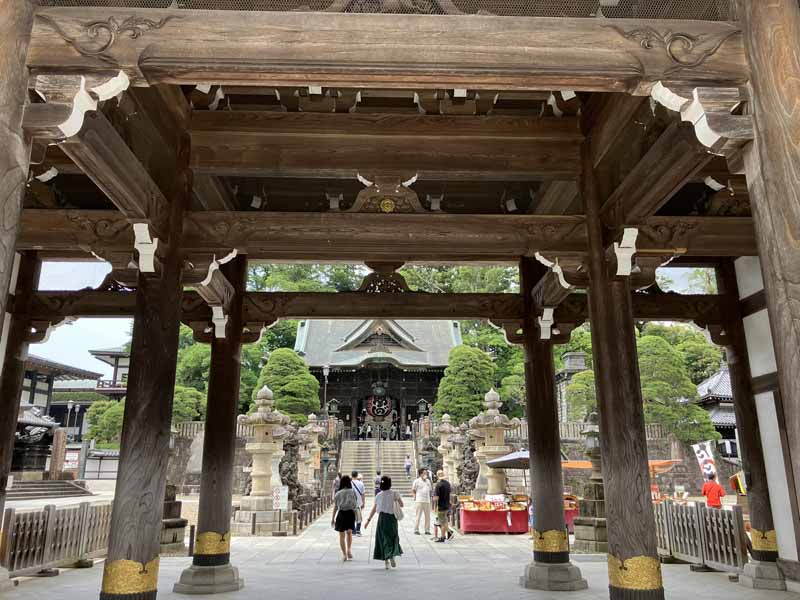
This national heritage registered building was rebuilt in 1831.
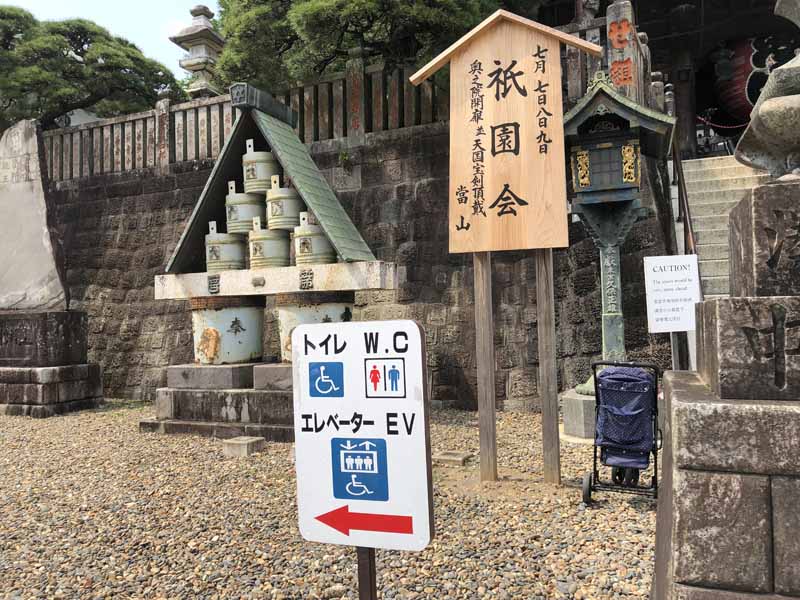
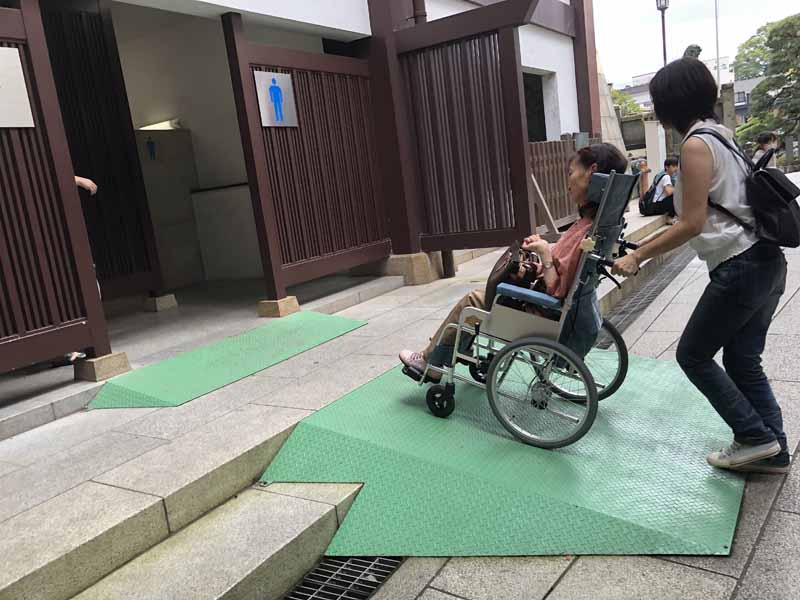
This restroom is located between the men’s and women’s restrooms and has a toilet with Bidet Seat. After checking the restroom for accessibility, we took an elevator to visit the Daihondo Hall (main hall).
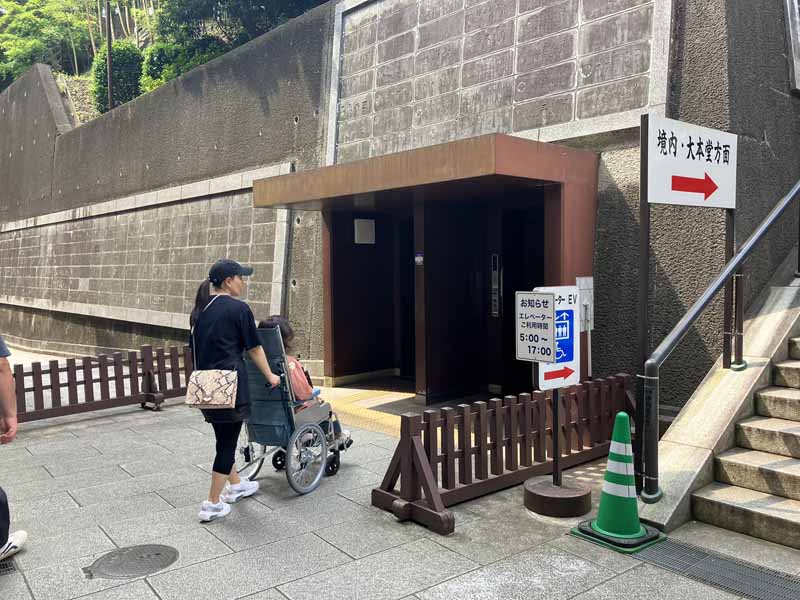
Daihondo Hall(main hall)
Built in 1968, where visitors pray for fulfillment of their wishes by ‘Ogoma Prayer’ that is a special prayer of Shingon Esoteric Buddhism. Those who want to experience the Ogoma Prayer need to apply in advance.
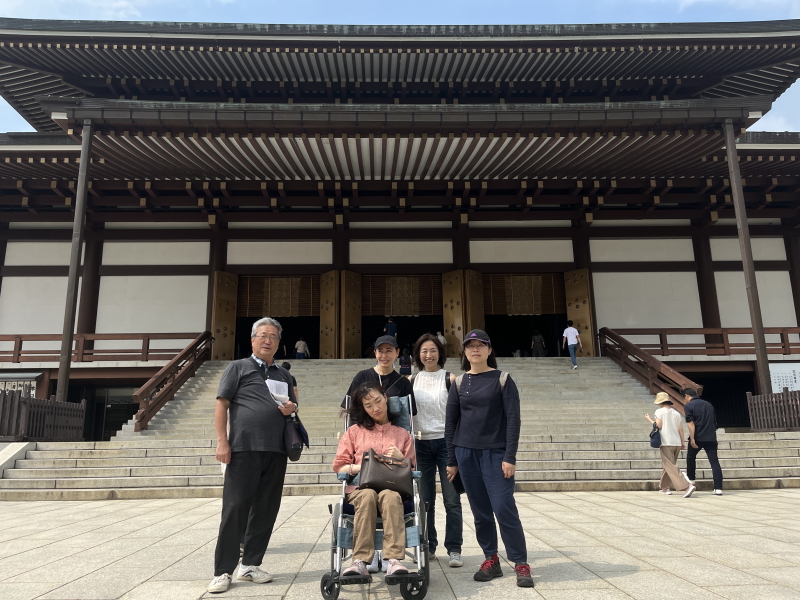
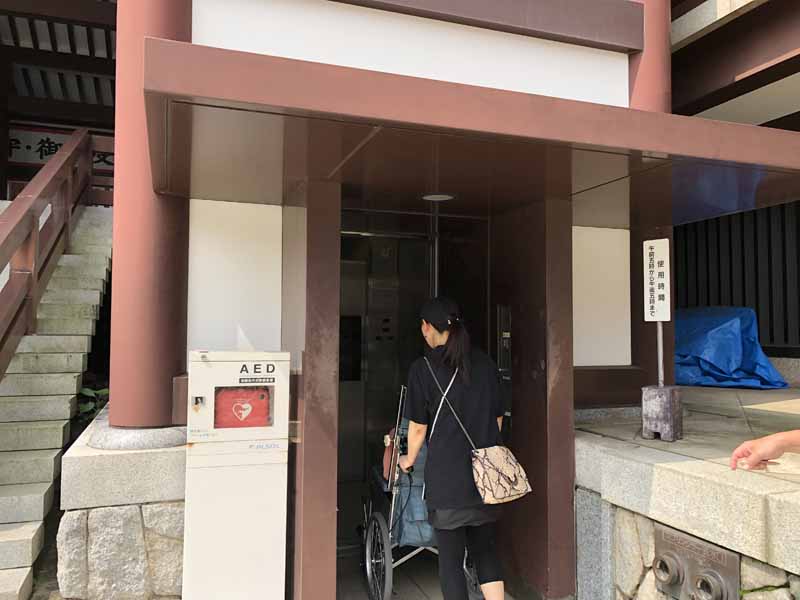
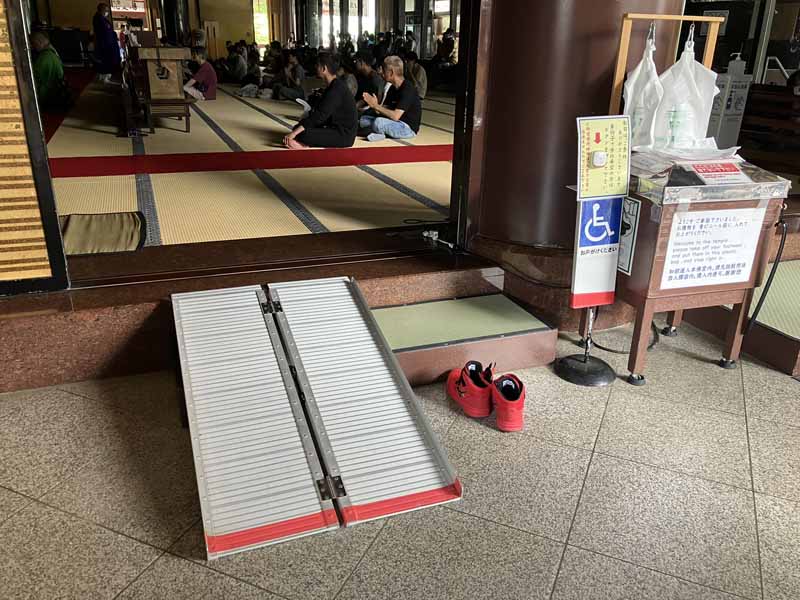
Next, we headed for the Peace Tower (Heiwadaito). Through the orange gate, there are elevators. We took the elevator.
Peace Tower (Heiwadaito)
Built in 1984, this 5-storied building, symbolizes the teachings of Shingon Esoteric Buddhism.
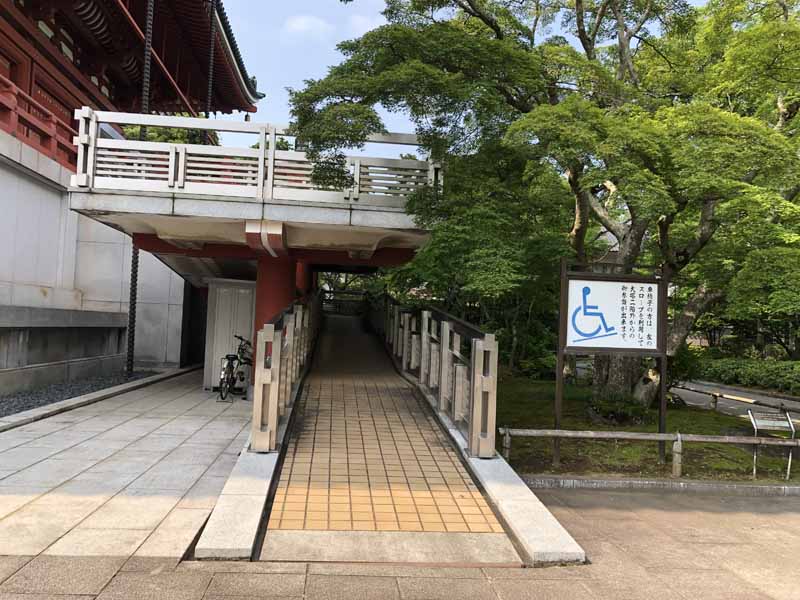
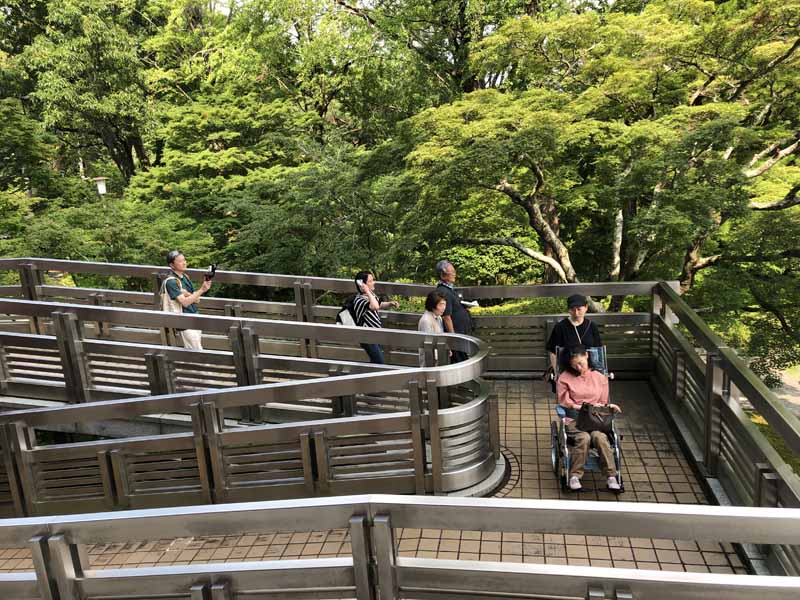
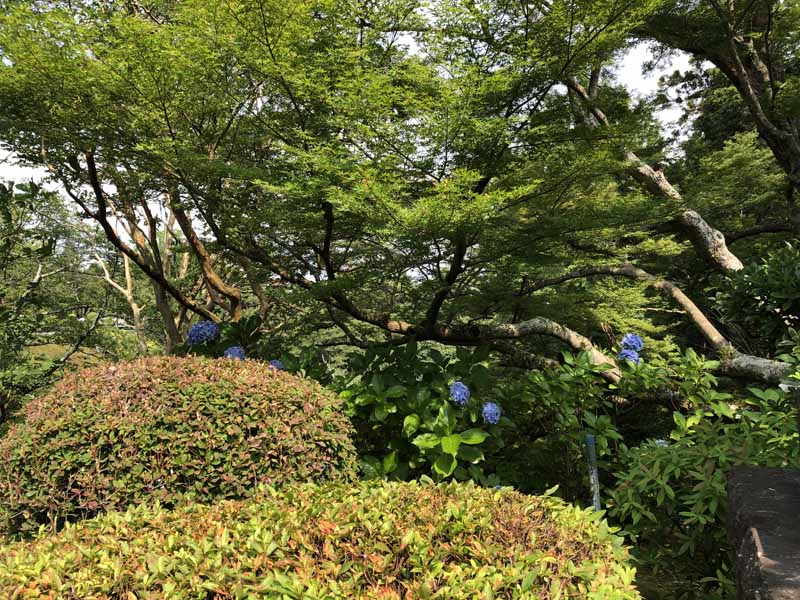
After visiting the tower, we headed for Komyodo Hall, and on the way saw beautiful hydrangea flowers.
Komyodo Hall

This national heritage registered building was built in 1701.
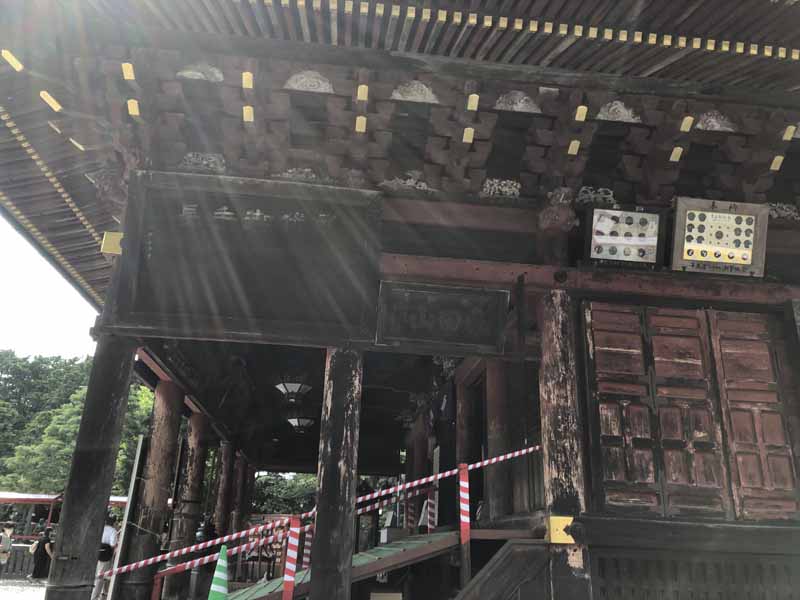
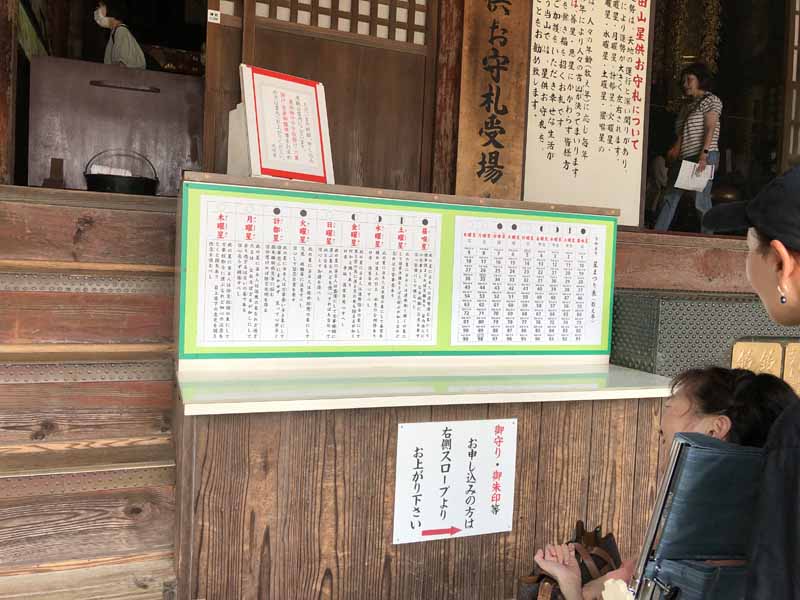
The sign says, “If you want to apply for amulets or Goshuin (which is stamped, proof of your visit), please go up from the ramp.” However, we did’t enter the hall, because the ramp looked too steep to go up safely.
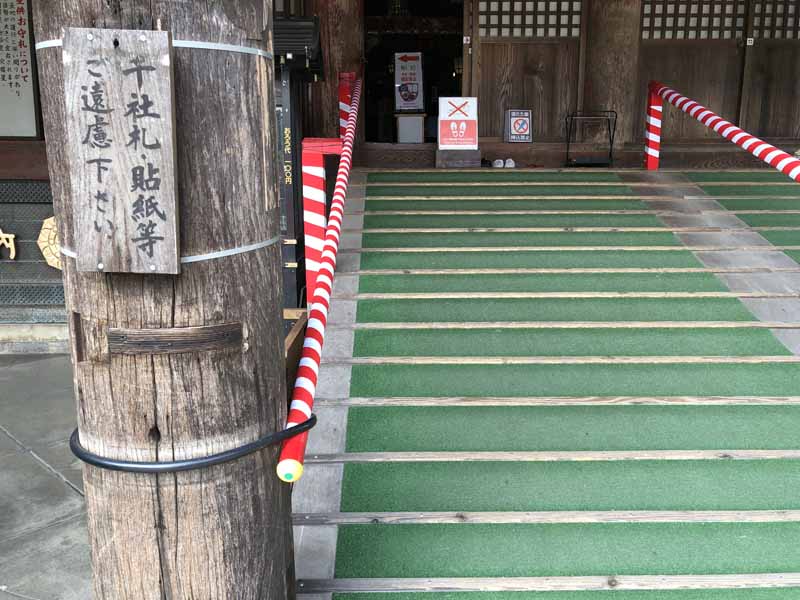
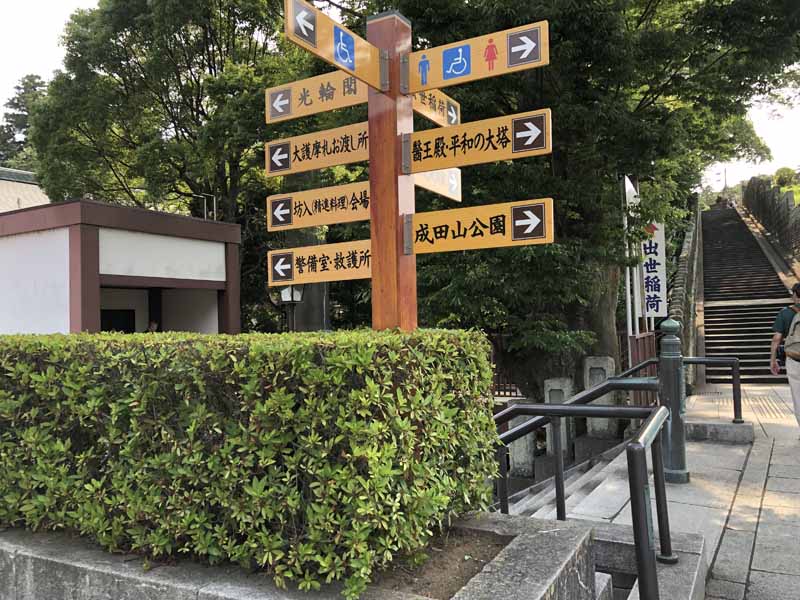
Behind this sign post are the stairs that lead up to Shusse Inari Shrine. It’s a shame that the only way to get to Shusse Inari is by the stairs.
However, in my opinion, the Naritasan Shinsho-ji Temple has made efforts to make the site accessible for wheelchair users, because the temple has flat and wide entrances, ramps, and elevators.

The group separated at the rest area, and some of the members and I headed for Narita Station.
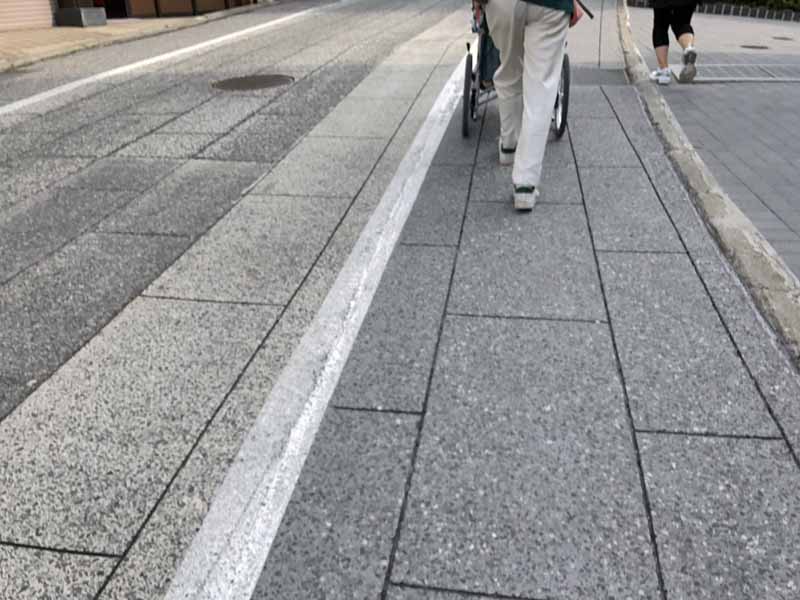
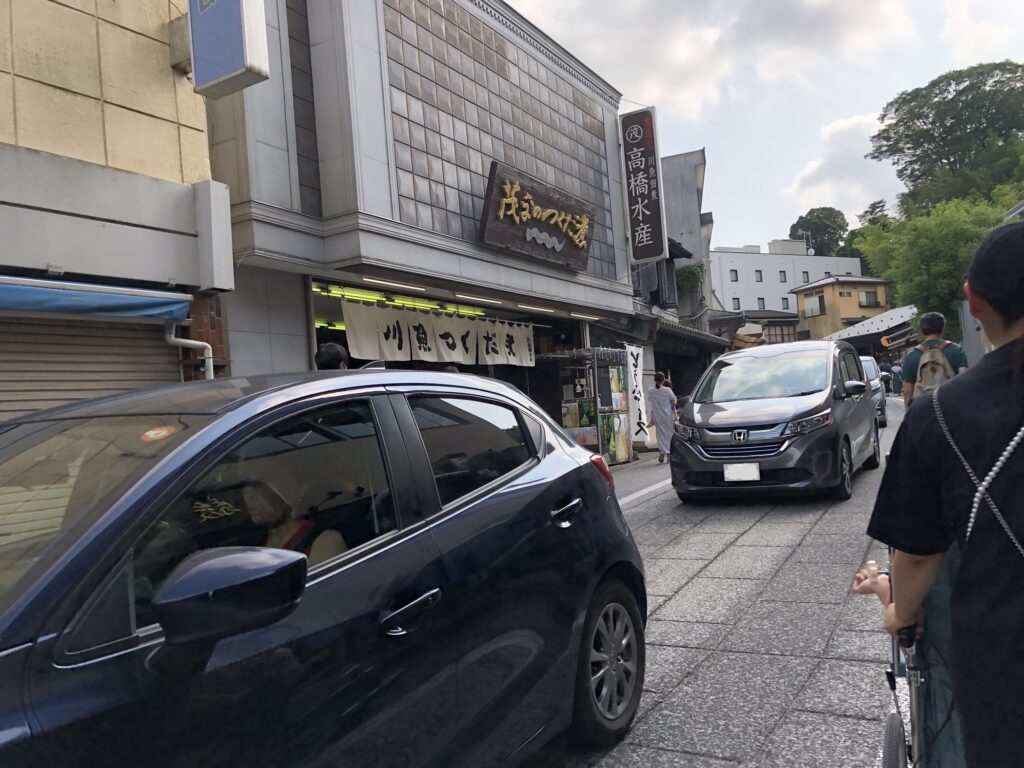
We went up the narrow street carefully as cars passed very close to us.
At the ticket gate of the Narita Station (JR line), Yukorin, who is a member of the Accessible Group and a wheelchair user, asked the staff to assist her to board and exit the train. We had to wait for more than 30 minutes for the next train, so we checked the restroom for accessibility, while waiting.
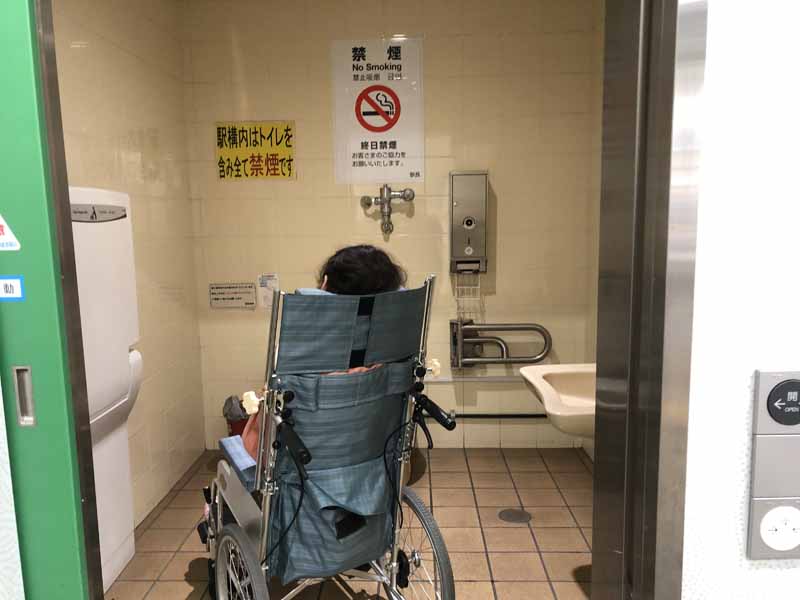

Then, we spent the remaining time in the waiting room, and the staff came there to pick us up at the departure time. On reaching our station, staff were waiting to help her exit the train.
In this blog, it was impossible to fully inform you of all of the history and attractions of Naritasan Shinsho-ji Temple. If you wish to know more, please refer to the official websites below for more details.
